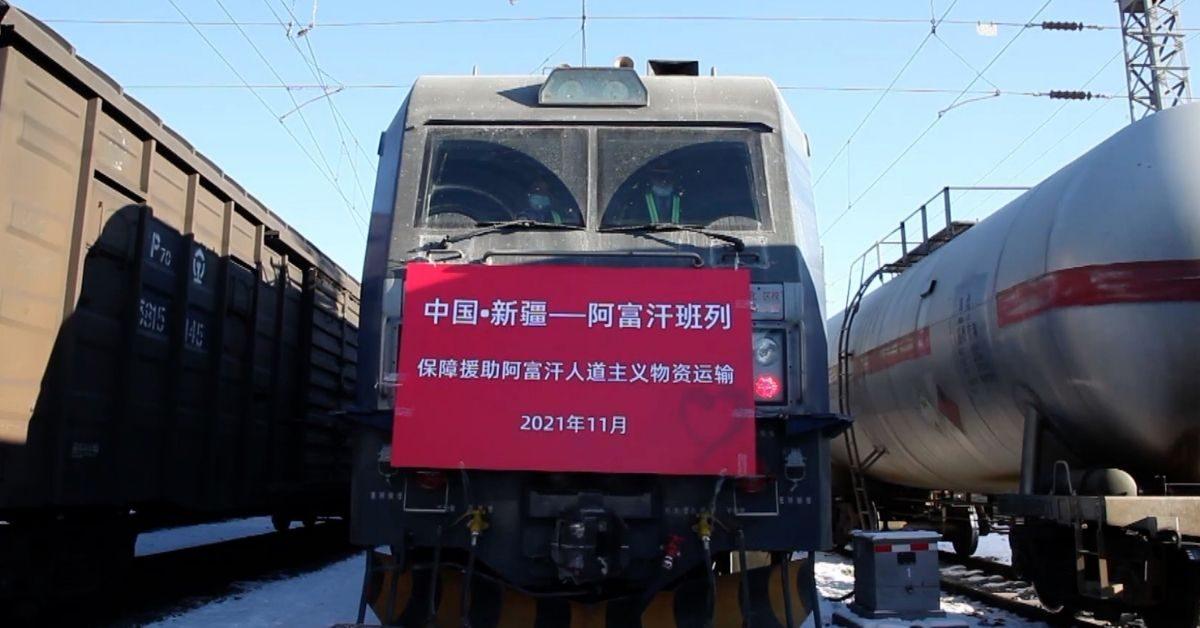China’s Guangdong-Hong Kong-Macao Greater Bay Area and Beijing-Tianjin-Hebei Region launched their first China-Kyrgyzstan-Uzbekistan (CKU) international multimodal freight train services, enhancing connectivity between Central Asia and two major economic hubs in China.
The trains carrying tons of Chinese products took off on the day when the Shanghai Cooperation Organization summit was held virtually, chaired by India.
The new route linking the Greater Bay Area adopts containerized “railway-road” multimodal transport system. After arriving in Northwest China’s Xinjiang Uygur Autonomous Region via railway, the cargo will then be transferred to road transport and exit through the Irkeshtam port, passing through Kyrgyzstan and ultimately arriving in Uzbekistan, CMG said.
Compared to traditional routes, the new line saves nearly five days in transit time, providing a more efficient and expedited logistics channel for trade between China and Central Asian countries, according to the report. The other route linking Beijing-Tianjin-Hebei Region also uses multimodal transport. With a total length of 6,000 kilometers, it will take 12 days to reach Uzbekistan.
“[These routes] have offered new choices for customers who could make delivery arrangements based on their particular needs, Dylan Feng, a sales executive of Austrian logistical company Gebrüder Weiss’ Chinese branch located in Ningbo said.
Previously, goods transportation between China and Central Asian countries largely relied on China-Europe freight train route via the Horgos port. With the rapid increase in trade volume, cross-port congestion has worsened, necessitating the establishment of a new transportation corridor to accelerate cargo flow, CMG said.







